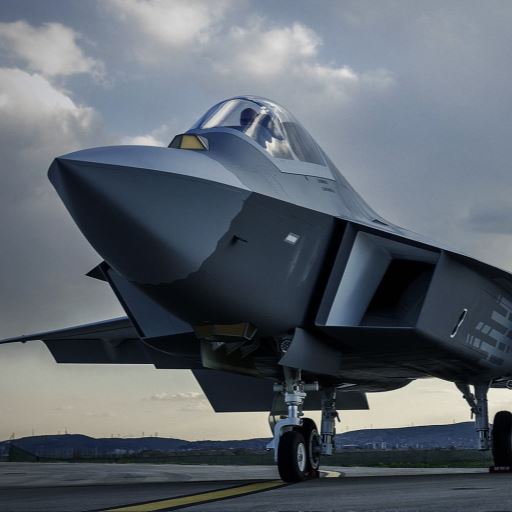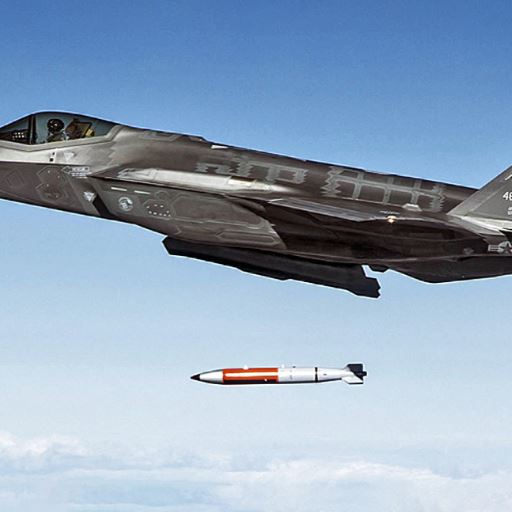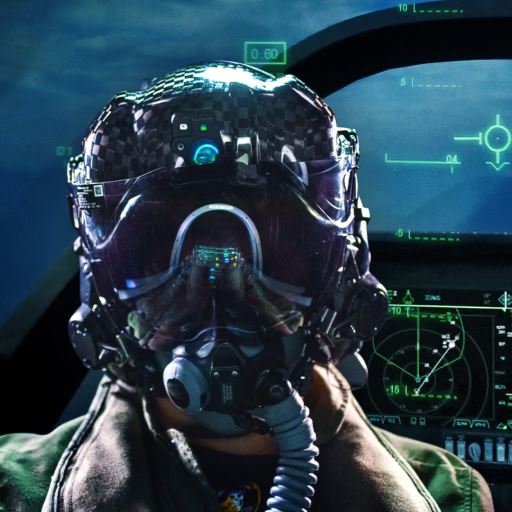The universal and flexible nature of the Krab's usability in convoluted circumstances of war can only be confirmed here. The Ukrainian media outlets dealing with war reporting have just disclosed information that the Polish Krab howitzers also utilize the Italian M107 munitions when in combat. This is not some special surprise. According to NATO's JBMoU (Joint Ballistics Memorandum of Understanding), and due to the technical requirements devised when Poland was working on the 155 mm artillery assets, the Krab is obliged to be able to shoot any 155 mm NATO-compliant munitions. When the Krab howitzer prototypes were tested, the condition was met, assuming that the howitzer in question would be able to fire conventional HE rounds (with base-bleed, or without it), but also modern PGMs, designed specifically to act against high-value assets or armor - at a standoff distance. This class of munitions includes rounds such as Excalibur, Bonus, and other similar systems. No formally confirmed, official data on the use of such munitions, delivered mainly by the US, in the case of Krab is available. However, the battlespace analysis in the area where the Krab is used allows us to speculate, that scenarios as such may be taking place.
Ukraine Weapons Tracker Twitter account suggests that the aforesaid M107 rounds delivered by Italy, supporting the Ukrainian war effort, have been decommissioned by the Italians, along with the M114 howitzers. This happened in the early 1990s when no one was even dreaming of the Krab self-propelled howitzer.
The M107 has been designed primarily for the US Army, and the US Marines. The deliveries began in 1959. It is a conventional HE round weighing 43.2 kilograms. It is 800 mm long and contains 15.8% of explosives. The M107 can be shot with the use of standard propelling charges at a distance of more than 13 miles. The shell disintegrates into ca. 1950 fragments, following the explosion. The M107 has been derived from the WWII M102 shell, and the M102 model is based on the French 155 mm Schneider shell designed for the Model 1917 howitzer. One may risk and state that artillery munitions used in Ukraine in 2022 have their roots dating back to the times more than 100 years ago - to late WWI.

The M107 is a separate loading munition. It is difficult to imagine otherwise.
No evidence suggests that damage taken by one of the Krab howitzers was caused by the ammunition (a few weeks back a photo of a Krab with its barrel blown off was circulated online). Certain limitations are imposed on the propelling charge power for those projectiles, with a specific shell structure and mechanical resistance specs. It cannot be ruled out that the crew did not follow the guidelines. We reiterate: no proof of the emergence of circumstances as such is known to us. Either way, the damage sustained by the howitzer was not significant enough, not to be incapacitated longer than the time required for a barrel replacement.
An analogous situation, with a necessity to diminish the quantity of propelling charges, applied to the modified 120 mm mortar rounds designed for the Rak mortar, and utilized in the platform's infancy. The shell's mechanical strength and its lack of an ability to withstand extreme pressure inside the barrel do not allow for full utilization of the Rak's capability, being the main reason for the mortar's range limitation to 7-8 km. Only after modern munitions, specifically designed for the Rak mortar made it possible for it to shoot at a distance of more than 10 kilometres.
The rounds received by Ukrainians, and that are now being sent to Russians, have all been made in the 1960s, within the framework of the US Mutual Defense Assistance Program, specifically for the Italians who, at the time, were operating the US-made M114 towed howitzers, manufactured between 1942 and 1945. These guns also saw broad combat use during the wars in Korea, and Vietnam. The howitzer in question was decommissioned in the 1990s. It was replaced by the M198 gun in 1979, and ultimately the successor came in a form of the M777 ULH (Ultralight Weight Field Howitzer), also known for being used in Ukraine now.
As new howitzers were being introduced, the US and its allies began to commission new ammunition types - mainly the M795 round, known since the year 1999. However, there was still a large stockpile of the M107 shells available. The rounds used by the Ukrainians with the Krab howitzers have undergone a minor, yet relevant upgrade, similar to the one applicable to the Polish 120 mm mortar rounds for Rak (the base design of which came from the OF843B bomb, dating back to 1943). The components that have been most susceptible to wear and tear were replaced (having an impact on lethality and reliability) - the fuse, and the explosive. This reportedly diminishes the risk of malfunctions. No information is available on whether the transfer of modified munitions as such also entailed some limitations pertaining to the use of a full array of propelling charges. It also remains unclear as to who was handling the upgrades. The propelling charges, producing extremely high pressures, may pose a danger to the shell's integrity. Furthermore, no data is available on firing solutions for these munitions. For obvious reasons, this ammunition had not been used in Krab before.
The scarce information available on the use of modern gun-howitzer and archaic munitions combo leads to a varying set of conclusions. On one hand, this speaks to the despair that the Ukrainians find themselves in, trying everything to bridge the advantage gaps between them and the Russians when it comes to artillery. This has been a significant problem at the beginning of the conflict. The Russians do not care about the depletion of ammunition stockpiles, using the old school shelling tactics resulting in scorched earth wherever the artillery can reach. The Ukrainians, however, thanks to their modern western artillery assets, usually use tactics involving precise strikes against well-known targets, with positioning intel available. The above applies both to tube artillery assets, as well as rocket artillery. In the former case, we have seen successful use of the Excalibur rounds against enemy MBTs. In the latter example, this is well illustrated by the successful use of the HIMARS assets.
The Ukrainian advantage is not just based on modern, higher-quality effectors and assets. It is not a secret that artillery has always been a speciality of the USSR, and now the Russian army. The Russians have decent assets at their disposal, with advanced firefinder radars - not too far off from the western systems which is exemplified by the Zoopark system solutions. However, having a decent inventory is one thing, having an efficient system that brilliantly, coherently, and efficiently brings all of that inventory together, with precise accuracy, is another issue. Here one should praise the Polish arms industry managers and artillery experts who, when the 155 mm self-propelled artillery programme was restarted, following the first Krab project complications, consequently promoted the concept of the DMO Regina fire module, instead of focusing just on the best-performing howitzer. The Krab plays the decisive role of the executor. However, it does that, working hand-in-hand with the remainder of the unit.

Disclaimer
The opinions expressed in the article solely belong to the author or the quoted News Group, Newspaper, or any other media. BattlespaceX does not take any obligation, liability or responsibility relating to the opinions in the published content. BattlespaceX also does not necessarily hold the opinions as published. If you have any concerns related to this article or any copyright violation with respect to content, media, photos, please contact us through report option.




Please Login to post comments. If you do not have account, Get one!